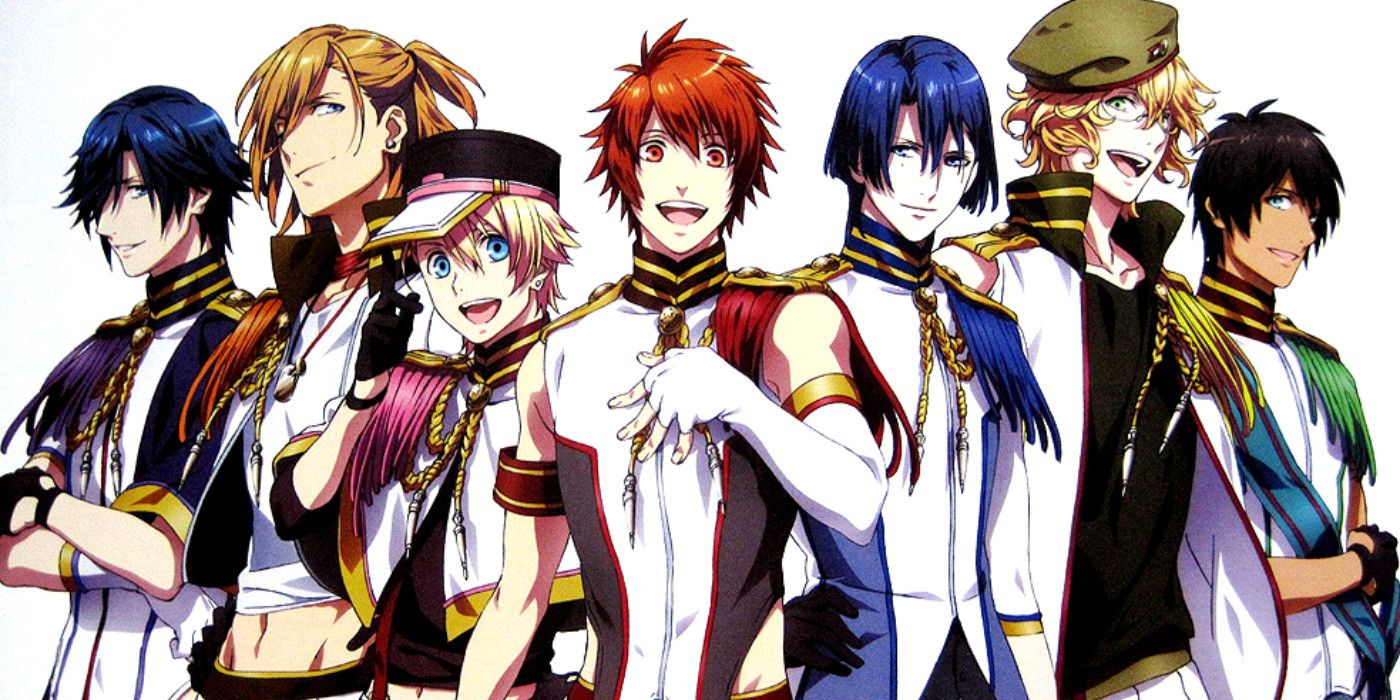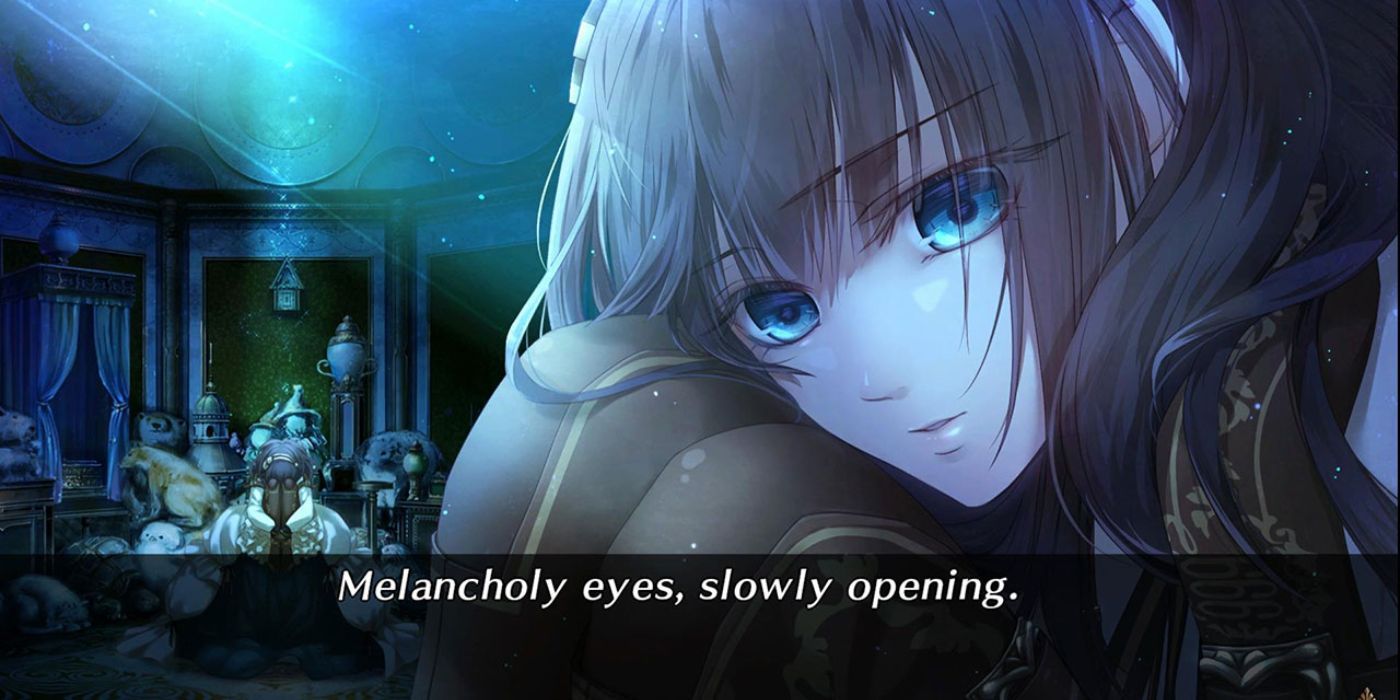Otome isekai anime have risen in popularity in recent years, but despite drawing some inspiration from actual otome games, otome isekai titles are actually quite different.
If one is hoping to get into otome games expecting something akin to the popular anime subgenre, they may be either sorely disappointed or pleasantly surprised by the sheer differences between the two. Here are some of the crucial differences between the two mediums.
Rivals And Villainesses are a Rarity

Rivals and villainesses that act as obstacles to the heroine’s pursuits in love are actually very uncommon in modern otome games. Otome games usually have very few female characters, and the few that do pop up tend to be nameless NPCs. In fact, rival and villainess-type characters tend to pop up more often in shojo manga and anime than in otome games.
With that said, there have been storylines where rival characters and nameless NPCs act hostile to the heroine, especially if the character that the heroine is pursuing is known to be very popular, and depending on the setting of the game, there’s even the possibility of death or major injury for both parties. But oftentimes, these characters ultimately aren’t major players and their presence in the game doesn’t affect the characters’ backstory like the villainess-type characters often do in isekai anime.
Otome Games Have More Variety In Their Settings.jpg)
Most otome isekai tend to stick to a fantasy, pseudo-European style setting, not unlike most traditional isekai anime. They often feature large academies for the main characters to attend, although whether they learn magic at these academies optional. But, magic is often still present in the story, but how it’s utilized tends to depend on the writer. While many of these storylines also tend to open with the main character’s childhood, the main story — and the original game’s main scenario — usually takes place when the cast is in high school.
Actual otome games have much more variety in their scenarios. There are storylines that take place in the modern world, the future, and alternate histories, and most of them tend to draw more inspiration from east Asian cultures rather than western ones. There are also many otome games that feature adult casts and settings that take place outside of school. Overall, otome games have much more varied worlds and settings compared to those featured in otome isekai.
Different Character Archetypes 
There are a few archetypes that are present in almost all otome-related media, so naturally, there’s some overlap between otome isekai and games. Tsunderes are an ever-popular character type, often present not just in otome-related media, but in many shojo media as well. The flirtatious pretty boy with a fan club dedicated to him is also a common archetype, although the personality for this type of character tends to vary between being flirty and humble.
But the “adopted little brother” archetype tends to be used much more frequently in otome isekai than otome games, especially those based on light novels. Otome isekai tend to feature a “main” love interest who is, more often than not, the crown prince that’s already engaged to the villainess. Most otome games, however, do not have a designated “main love interest”, as the male leads are often treated with the same level of importance. And it’s ever rarer for any love interest to already be engaged with another character before the story begins.
What the Heroine Represents
The heroines in otome games are meant to represent the player, so they’re often presented as blank slates. No names, no backgrounds, and oftentimes little to no personality in order to make it easier for the player to see themselves in the protagonist. There are, of course, heroines that do have canon names despite giving the player the option to name them, as well as heroines that have fleshed out personalities, but the bulk of them are just there for the player to use as avatars in their dating sim experience. The heroine of Amnesia is a very special case, as she’s never given a name even in the anime and manga adaptations.
In otome isekai, the heroines often have fully formed personalities and backstories. Due to the rise in popularity of villainess stories, the heroine is also rarely ever the lead character of her own story, though she does still play a prominent role. Oftentimes, the heroines will even outright oppose the protagonist and seemingly take on the role of villainess themselves, usually because they too have been reincarnated with knowledge of the game from their previous lives. In that sense, they’re meant to act more like foils to the protagonist-turned-villainess. They also often serve as parodies or subversions of protagonists from both otome games and shojo manga

Like the protagonists for dating sims aimed at men, there are also many protagonists in otome games that have no appearance at all. This is partly due to the visual-novel style of storytelling which is often told from a first-person perspective, making it unnecessary for the heroine’s appearance to ever be shown outside in-game CGs. And even then, their face is often obscured so that the player can still imagine their own face in place of the heroine’s. Games like Hatoful Boyfriend and Mystic Messenger utilize this. In Hatoful Boyfriend’s case, the heroine’s appearance is never shown, not even in CGs, leaving it up to the fans to come up with their own designs for her. Otome isekai, on the other hand, always feature unique designs for its heroines, and it’s often done purposefully to show how and why so many attractive boys fall for her.
Otome games and otome isekai are much more different than meets the eye. Regardless, both offer unique experiences for gamers and fans alike. And both are sure to tickle the fancy of anyone looking for more fresh reverse harem stories.















Leave a Reply